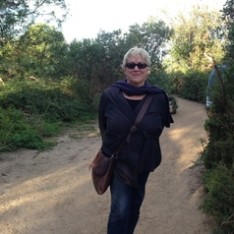The Guardian’s costly gap between traffic and profits
 In this cross-posting from The Conversation, Colleen Murrell examines The Guardian’s financial state, questioning the safety of the UK print newspaper and the role of the Australian office in the company’s future.
In this cross-posting from The Conversation, Colleen Murrell examines The Guardian’s financial state, questioning the safety of the UK print newspaper and the role of the Australian office in the company’s future.
The Guardian is a perplexing media phenomenon – a digital media company with the third-highest global readership in English that nonetheless appears to be on the brink of a financial crisis.
Later this month employees at the London headquarters will find out how many of them face redundancy, as the company tries to cut annual running costs by A$105 million.
The Times of London reported last week that The Guardian is hoping to do this without resorting to compulsory redundancies. According to The Times, The Guardian’s management is said to have increased its cap on leaving packages from A$174,000 to A$289,000 in the hope of “encouraging the elite to take a bullet for the good of the workers”.


Do we need the Guardian? It only seems to be here to give the press something to rough News & Fairfax up with.
We have enough news sources who have invested time and energy into understanding our local nuances over decades.
Daily Mail is getting the message…
Tragic that they have drifted on with no means to avoid collapse. very poor leadership.